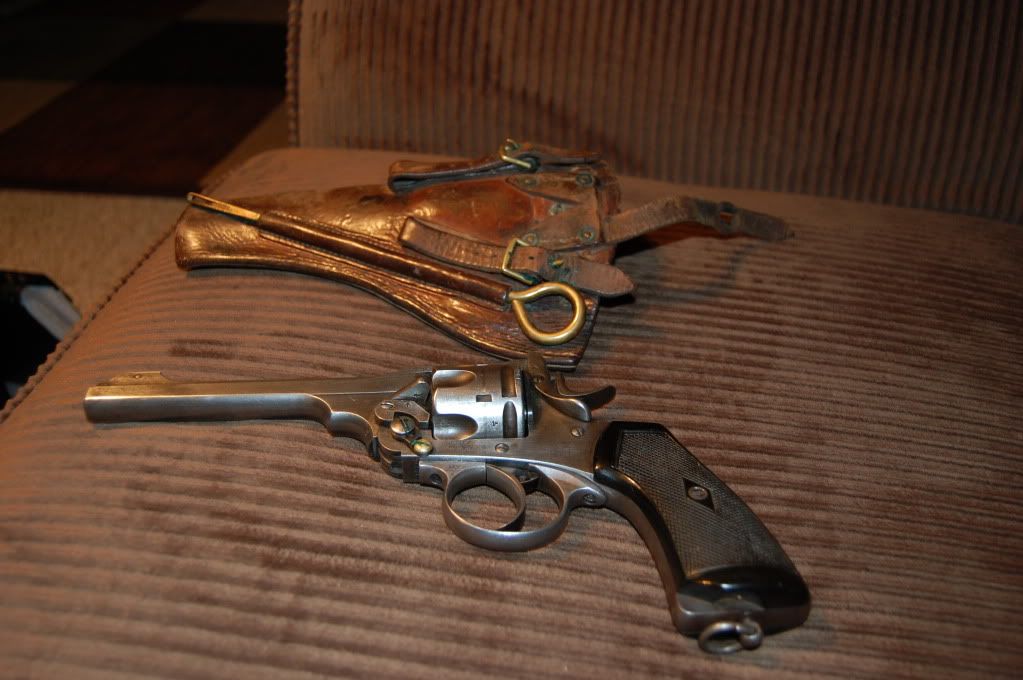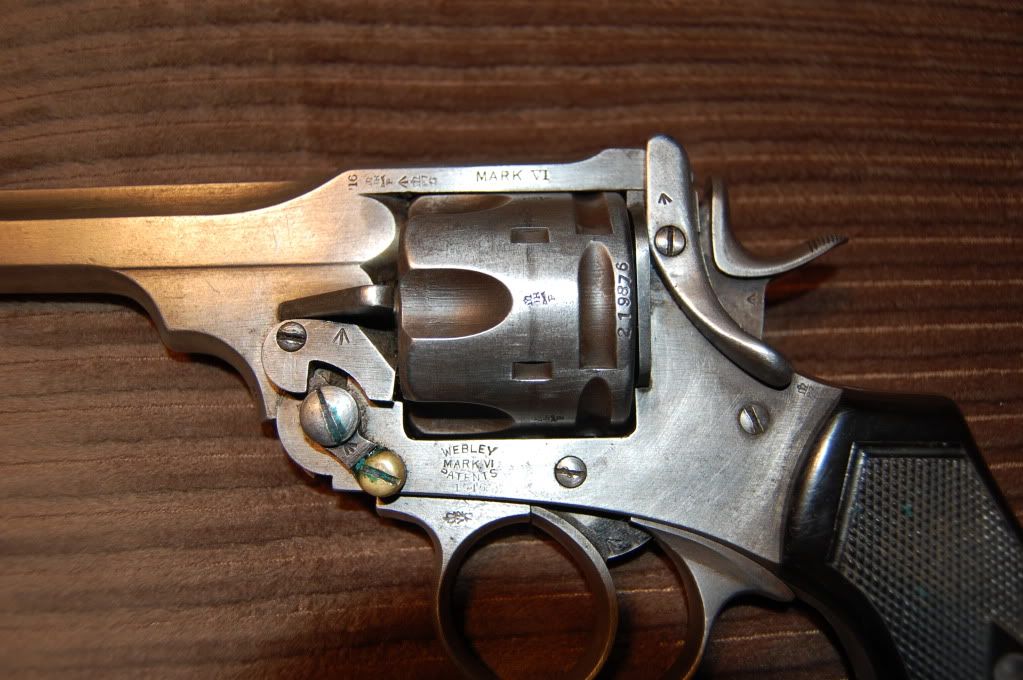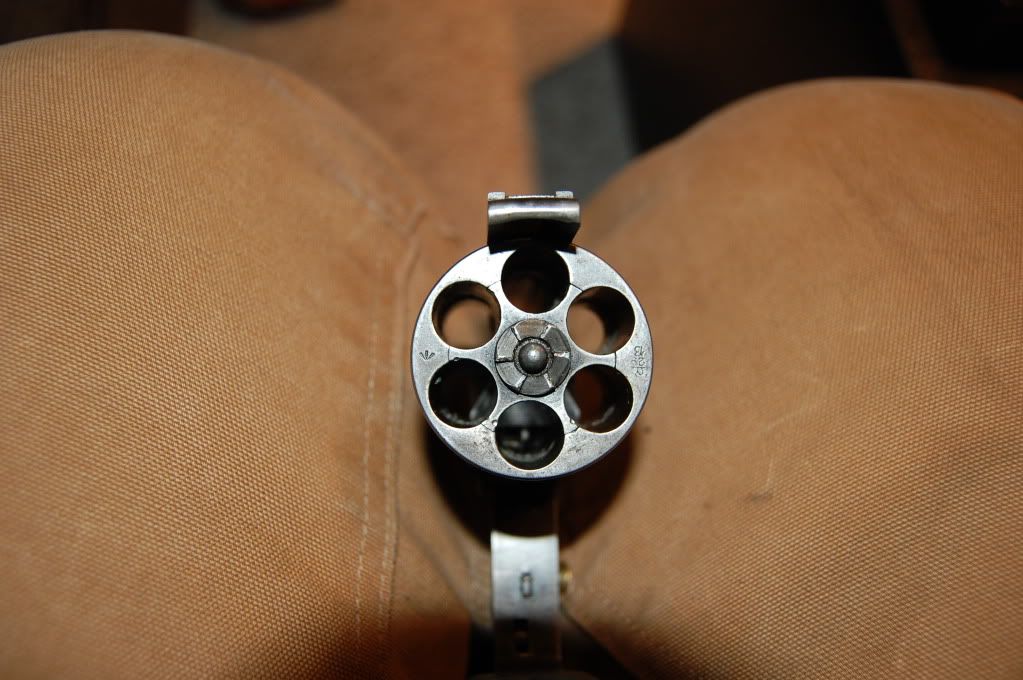FastOrange
Inactive
Hi Guys, new to the site, and i need some insight on my next purchase.
I have come across a Webley .455 that a family member has for sale, and im thinking about picking up when i get my restricted license.
Anyways, Gun Says Mark VI on it, all serial numbers match and are complete, cylinder has proof marks on it, gun is STILL a .455 gun, has NOT be converted
also says it was patented in 1916
Gun was checked out a number of years ago and was A-OK to Fire (I would not be firing it. its more of a show piece)
Like i said, all numbers are there AND MATCH!, Gun looks in great shape AND is in a leather holster that has a cleaning rod on the side (Is this the proper holster?)
Guess what im trying to ask is, what is the current value of these guns? i have seen from $100-$1000.
Gun is supposedly brought back from WWI?
Any ideas folks? i would like to offer her a fair amount, she has came into some hard times.
I have come across a Webley .455 that a family member has for sale, and im thinking about picking up when i get my restricted license.
Anyways, Gun Says Mark VI on it, all serial numbers match and are complete, cylinder has proof marks on it, gun is STILL a .455 gun, has NOT be converted
also says it was patented in 1916
Gun was checked out a number of years ago and was A-OK to Fire (I would not be firing it. its more of a show piece)
Like i said, all numbers are there AND MATCH!, Gun looks in great shape AND is in a leather holster that has a cleaning rod on the side (Is this the proper holster?)
Guess what im trying to ask is, what is the current value of these guns? i have seen from $100-$1000.
Gun is supposedly brought back from WWI?
Any ideas folks? i would like to offer her a fair amount, she has came into some hard times.
Last edited:



